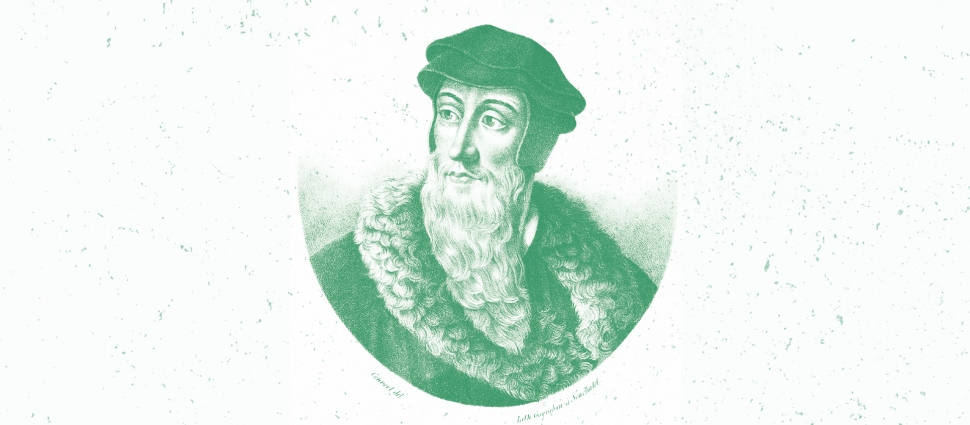Blog 167: 4.1.5 - 4.1.8

The Reformers affirmed the necessary distinction between the church visible and invisible; that is, between the one church of Christ on earth as man sees it, and the one church in heaven and earth as God sees it. The one is related to other but cannot be identified as equal. The identity between the two is at best partial, indirect and constantly varying in degree. The point is important. The church as God sees it consists "not only of the saints presently living on earth, but all the elect from the beginning of the world" (4.1.7). The church as men see it "designates the whole company of men spread over the earth who profess to worship one God and Christ" in which "are mingled many hypocrites who have nothing Christ but the name and outward appearance" (4.1.7).
The visible church is a mixed body. Some who belong to it are not true believers - not, that is, true members of the church as God knows it - and are in need of conversion. Calvin and the other Reformers affirmed this in order to safeguard against the notion that a person may be saved simply by joining the church apart from personal faith (through baptism).
This distinction between the church visible and invisible safeguards another important issue - the true nature and responsibility of church unity. We are to seek the true unity of the church else we become guilty of schism. But how are we to know the nature of a true church from a false one? The answer is that certain "marks" form the tell-tale means of affirming those who are "by charitable judgment" members of the church. These are "confession of faith," "example of life," and "partaking of the sacraments" (4.1.8). We are bound to accept those who demonstrate such marks as fellow members of the church of Christ. The proper ecumenical task therefore is not to create church unity by denominational coalescence but by recognizing these marks as demonstrative that union already exists.




